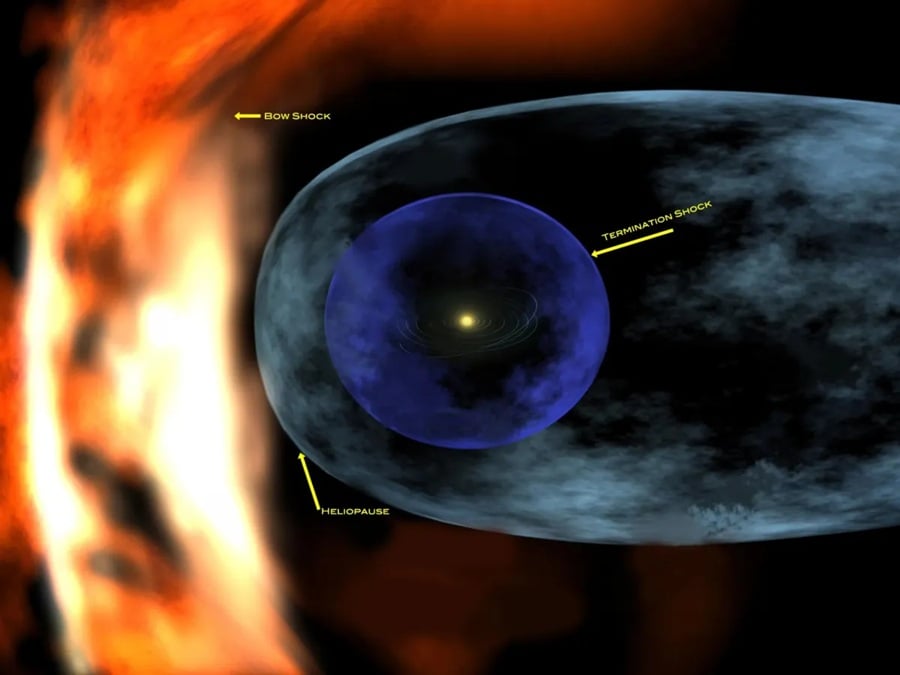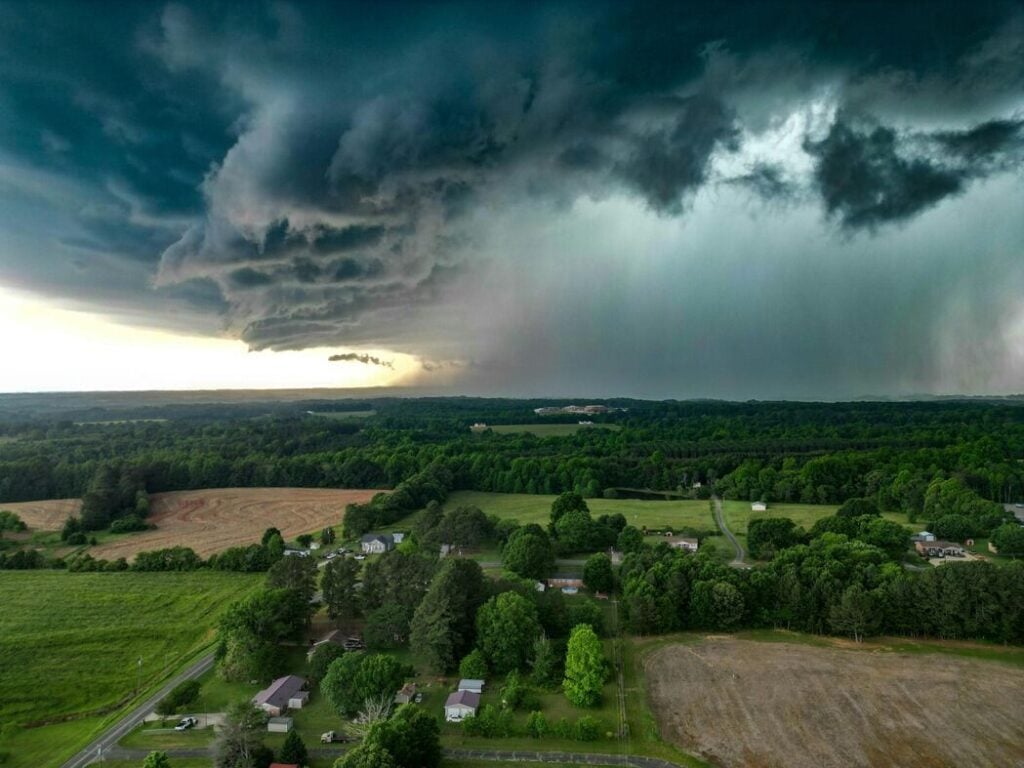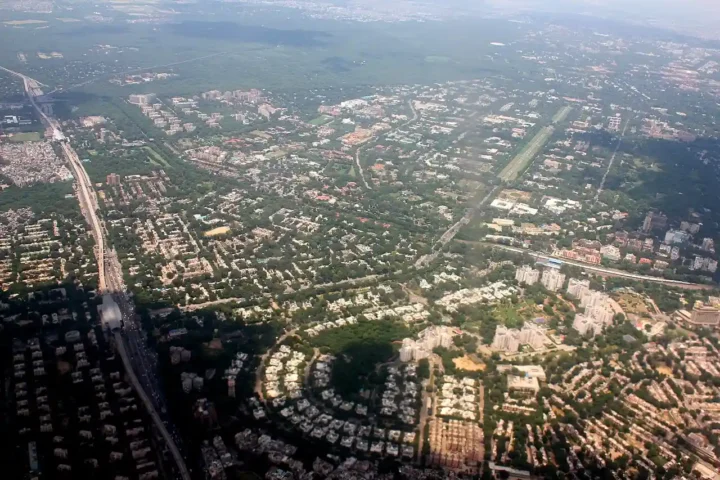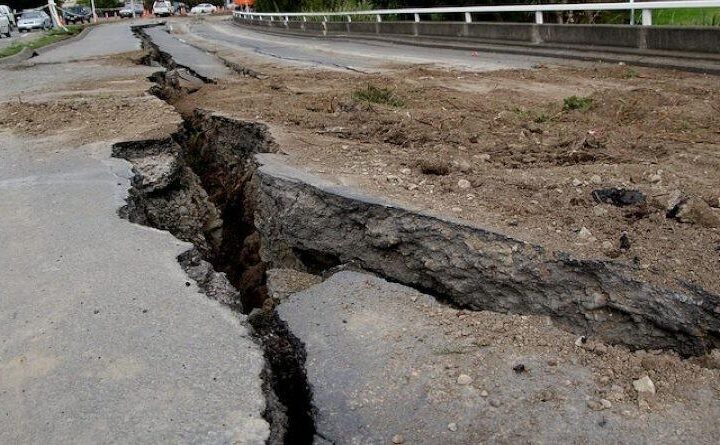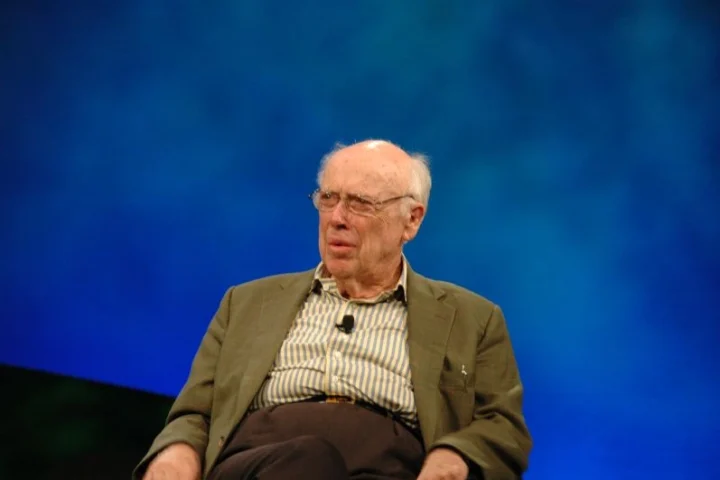NASA’s Voyager spacecraft have found an extremely hot region at the edge of our solar system that scientists call a “wall of fire.” This discovery changes what we knew about where our solar system ends and deep space begins.
Launched in 1977, the Voyager 1 and 2 spacecraft were sent to study planets like Jupiter and Saturn. After finishing this job, they kept traveling outward toward the edge of our solar system.
When the Voyagers reached the boundary called the heliopause – where the Sun’s influence ends and interstellar space begins – they measured temperatures between 30,000 to 50,000 Kelvin (about 54,000-90,000 degrees Fahrenheit). Despite this intense heat, both spacecraft passed through safely.
How did they survive such high temperatures? The “fire” isn’t like flames on Earth. It’s made of scattered particles moving at extremely high speeds, which creates the high temperature reading. But these particles are so few and far between that they couldn’t transfer enough heat to damage the spacecraft.
Voyager 1 crossed this boundary in August 2012, becoming the first human-made object to enter interstellar space. Voyager 2 followed in 2018, confirming the findings from a different location.
Similar Posts:
The probes made another surprising discovery. Scientists expected the magnetic field direction to change dramatically when crossing into interstellar space. Instead, they found the magnetic fields on both sides run almost parallel to each other. This suggests our solar system is more connected to the rest of the galaxy than previously thought.
The heliopause forms because the Sun constantly sends out a stream of charged particles called the solar wind. This creates a protective bubble around our solar system called the heliosphere. Where this solar wind meets the pressure of particles from deep space, the heliopause forms.
This boundary isn’t fixed in place. As the Sun’s activity changes, the heliopause expands and contracts. This explains why the Voyager spacecraft encountered the boundary at different distances from the Sun.
Understanding this region matters for several reasons. The heliosphere shields Earth from harmful cosmic radiation. By learning how this protective bubble works, scientists can better predict space weather that affects satellites and plan safer future space missions.
The Voyager probes are engineering marvels, still working after nearly 50 years in space. They operate on nuclear power with instruments using as little as 4 watts each – less than a nightlight. They send data at only 160 bits per second, thousands of times slower than even basic internet. Yet this small trickle of information has changed our understanding of our place in the galaxy.

NASA is planning new missions based on what Voyager discovered. The Interstellar Mapping and Acceleration Probe (IMAP) will launch around 2025 to study this boundary in more detail. A more ambitious Interstellar Probe mission is being developed to travel even farther and faster than the Voyagers.
Voyager 1 should continue sending data until 2030, with Voyager 2 possibly lasting into the 2030s. Even after they go silent, they will continue their journey through space, carrying golden records with sounds and images of Earth – our first messengers to the stars.
